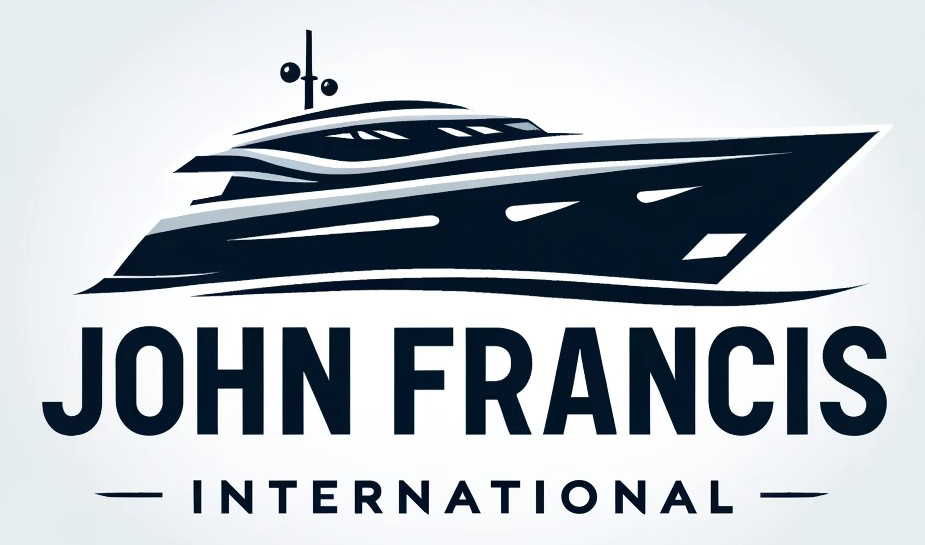Notes on the discussion of the Chicago Trustee Collaboratory on the subject of Collaborating with a Trust Protector as compiled by Daniel P. Felix, founder of the Collaboratory and principal of The Professional Trustee.
The Chicago Trustee Collaboratory recently convened to consider the opportunities and challenges around collaborating with trust protectors. Among the special guests to this meeting was John A. Warnick, principal of the Purposeful Planning Institute and a nationally recognized expert on the subject of Trust Protectors.
John A. offered a working definition of a trust protector, analogizing that trust protectors can be hired to show up to resolve certain emergencies, like a fireman to put out a raging blaze in the trust. Another situation: when things aren’t burning in the trust, there may yet be parts of the trust that are not a good fit – like an old suit that needs to be let out. A trust protector can be given the authority to take care of those situations, such as changes in the law or other circumstance.
While the trustee does administration, investment, and distribution functions, the trust protector can be given more supervisory powers that can fundamentally change aspects of the trust, such as what the trustee is to do, including the applicable law, the personnel, and even the beneficiaries!
He expanded that a trust protector doesn’t exist unless the trust instrument provides or through court appointment. About 5% of trusts now have them. His premise is that trust protectors can be used well in many trusts. [Ed: That premise is proven in John A’s separate training on the uses of trust protectors!]
The Collaboratory addressed questions and issues around the collaboration with trust protectors – collaboration by the trustee, by the other trusted advisors, by the trust creator, and the beneficiaries.
We were expertly facilitated by Gary Shunk of Family Wealth Dynamics.
The evolving wisdom included the following:
- Buy-‐in and integration with the family is essential! Is it clear to them on the value of the trust protector, and his role? Why is it worth the money? This underscores the every-‐present importance of communication and dynamics.
- How do we help families flourish with trust protectors? Psychotherapist & Executive Coach Harold Rice-‐Erso offered the key attribute of respect – so important given the high emotions often present with families on a daily basis. He cited the challenge of dealing with someone like a trust protector who wields such a high degree of authority and control, and invited the trust protector to join the cause of to empower the beneficiary to take care of his own stuff.
- The potential for the trust protector to give great value is there:
- To be a corrective, given that too many things can go wrong in a trust.
- To be another voice of prudence, given that too many things can be unforeseen in a trust.
- To provide the benefits of an over-‐seer of the trust, beyond the day to day.
- To serve as the foil: the trustee can sit on the same side of the table as the beneficiary across from the trust protector.
- To function as a third party neutral to resolve conflict.
- On the other hand, in the right situation: to make for some healthy conflict.
- To provide some needed checks and balances on the trustee and other administrators.
- To help allow all voices to be heard.
- Consider also the other roles for the trust protector:
- Legacy protector: The task of protecting the trust creator’s statement of wishes can be assigned to the trust protector.
- Trust & Estate Attorney Mario Correa of the Law Offices of Mario Correa, offered that the trust protector can receive the trustee’s accountings, especially where the beneficiary may not be sophisticated to review them himself.
- Mardy Chizek of Charism Eldercare Services, offered that health care professionals and power holders are put in the position of being a protector of health care integrity and of quality of life, where seniors are saddled with outdated trust documents or with unfit fiduciaries who do not understand health care issues.
- As to the collaboration of the trustee and the trust protector:
- Mediator David Smithson invited focus on how the trust structure encourages the trustee to utilize the trust protector. And then beyond the structure, how do they function and approach their collaboration, including communication generally and specifically as to their ultimate goals and legacy. A key litmus consideration: How open they are able to be with each other?
- The question was also raised as to the impact of the relationship of how the trust protector is paid. What are the implications for trust and integrity where the trustee controls that payment.
- Practice pointers and questions:
- Trust Protector selection is critical.
- Plan for successor trust protectors.
- Can a trust be decanted to include a trust protector?









